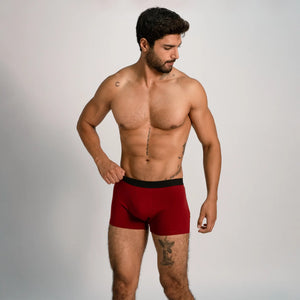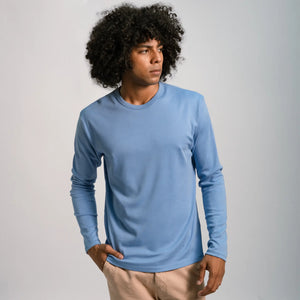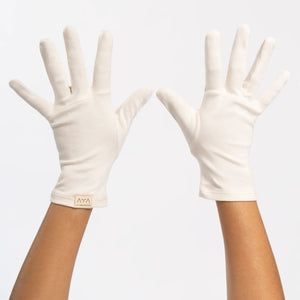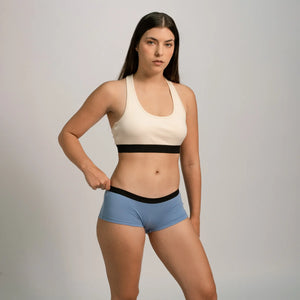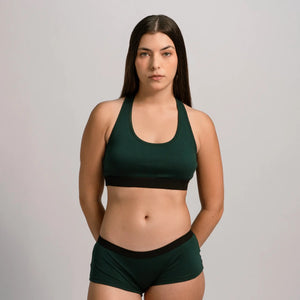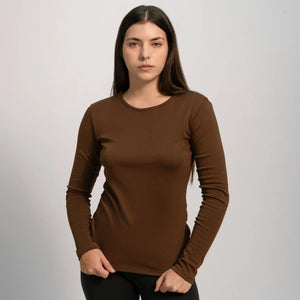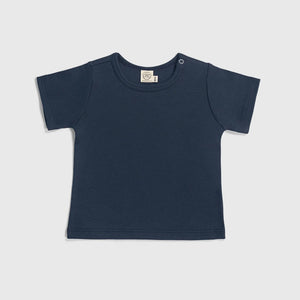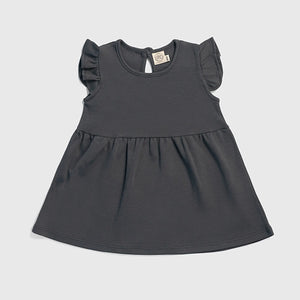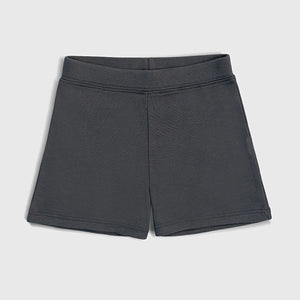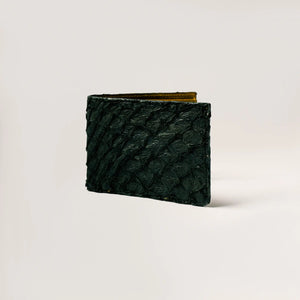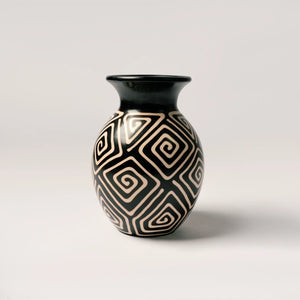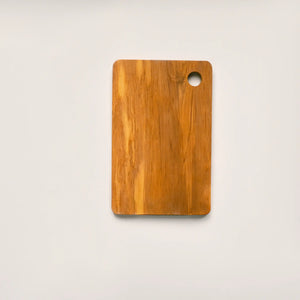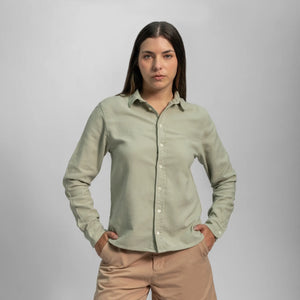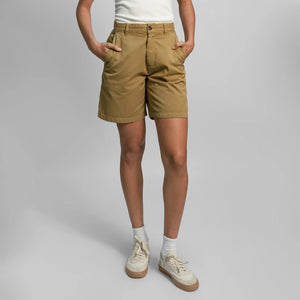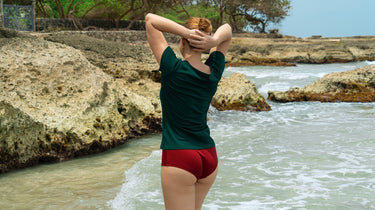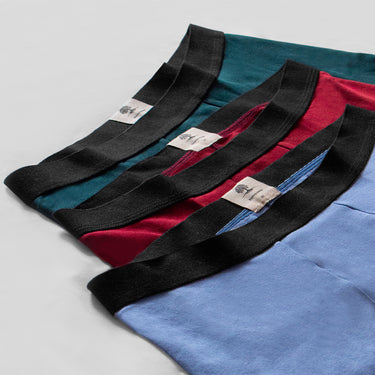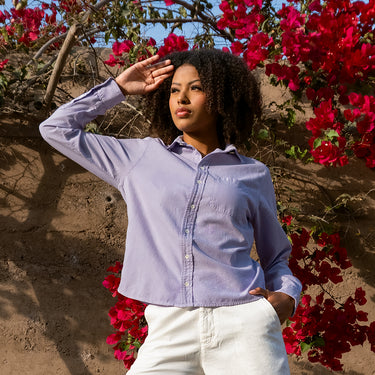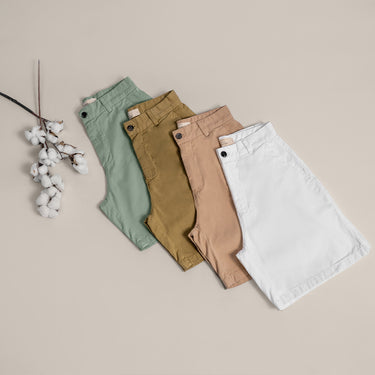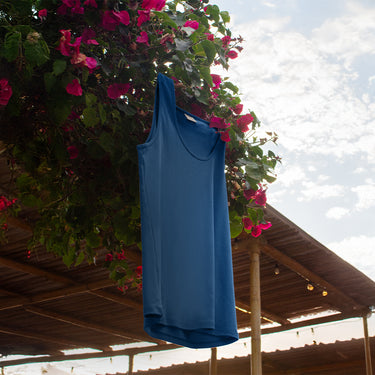Step One
*100% Plastic-Free: We now use ZERO petro-chemical derived plastics in all products.
Step Two
100% Non-Toxic: We are currently eliminating all petro-chemicals.
What you guys are doing, it’s great! I’m very happy that you got rid of these petroleum-based polymers.
Professor Dick Vethaak
Discover of Microplastics in human blood
Made with Nature,
Not Plastic
At Aya, we're reimagining clothing for a non-toxic, plastic-free future.
Crafted exclusively from 100% regenerative organic Pima cotton, our garments are designed to be the natural evolution of fashion. From seed to stitch, sown without synthetic chemicals, and constructed free from plastics—every piece honors the earth.
Our clothing is timeless and versatile: soft yet durable, elegant yet functional. Unlike conventional apparel, it is always free from microplastics, petroleum-based fibers, and harmful additives like BPA and PFAS.
Gentle on skin. Gentle on the planet. Clothing for the next generation.
This is What
Creating a Plastic-Free World
Looks Like...
We achieve what most consider impossible: the first and only brand to remove all plastics. This isn’t a slogan or a marketing claim — it’s our reality. Through innovation, rigorous testing, and an unshakeable belief that fashion can be better, we are transforming the future of sustainability.
We’re here to lead the way.
Pima Cotton grows the longest & finest cotton fibers in the world, and our Organic Pima Cotton is sown on regenerative soils. A species native to Peru, its modern variant was selectively bred across the world to achieve its luxurious softness.
Our Alpaca fabric is knit from the finest Alpaca fibers, 19 microns, softer than Baby Alpaca. These rare fibers are hand-sheared annually by andean communities & essential for the health of the free-ranging Alpacas.
We use plant-based dyes and cochineal rooted in ancestral techniques. These pigments are biodegradable, safe for skin, and free from synthetic colorants.
Each EcoPrint garment is unique. Leaves and flowers are imprinted directly on the fabric, creating patterns that will never repeat. Nature becomes the designer.
Although difficult due to Alpaca's smooth & flat scales, Alpaca felts create a unique and durable fabric. Our artisanal felts make our products zero-waste, as all leftover fabrics are given new life.
Aya clothing does not shed a single micro or nano fiber. They return only what nature created.
Every garment comes only from nature. No polyester, no nylon, no acrylic, no elastane, no blends.
Pushing the limits of sustainability is a work in progress. We promise to be transparent about our current limitations and the steps we are taking towards a completely plastic free future.
Our Exclusive Collections
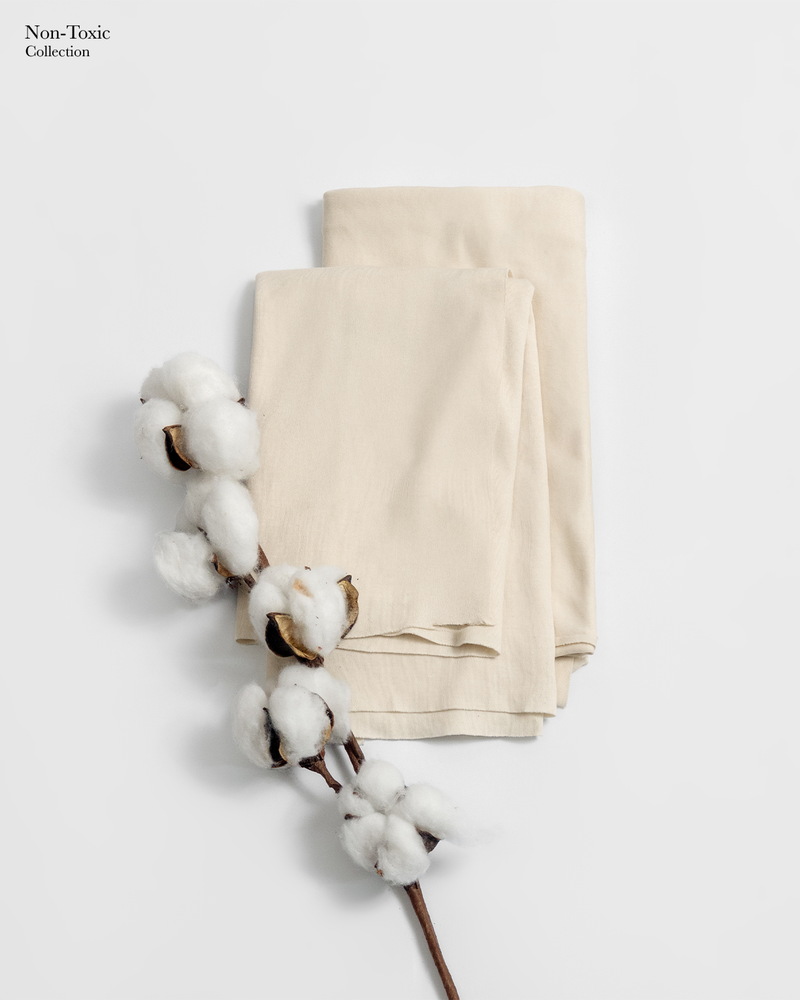
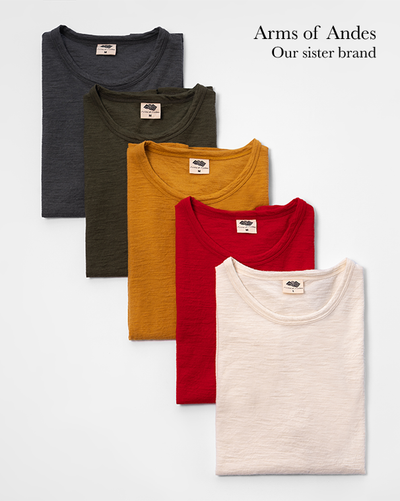
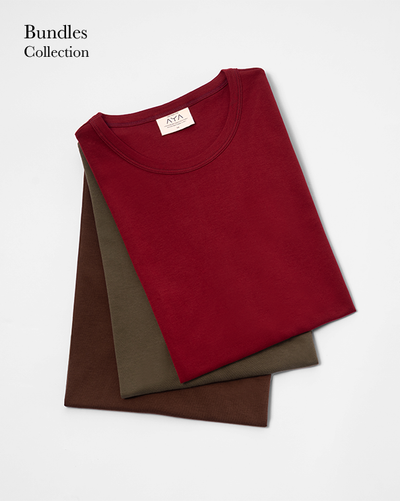
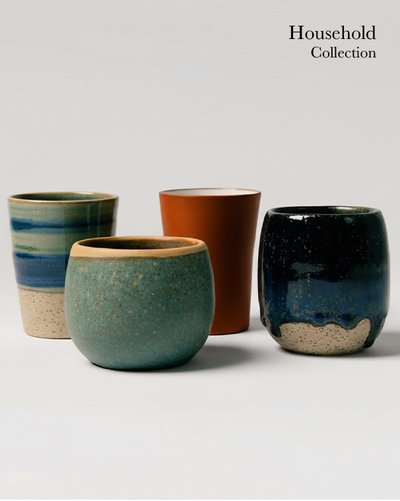
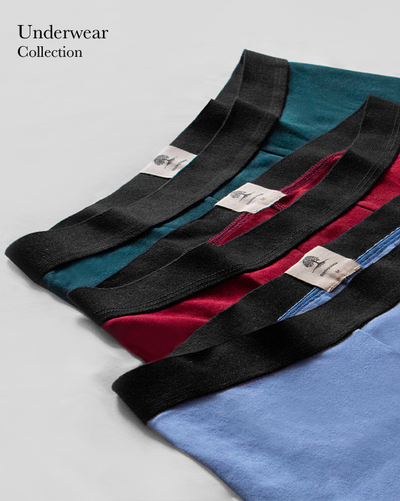
Our Mission
Step 1: 100% Plastic Free
Removing all plastics from our clothes isn't just symbolic, it’s removing the biggest contaminant of microplastics…
“Microfibers are the predominant type of plastic that we find in the environment”
-Abby Barrows, Microplastics Research Scientist
We have completed our first step. We have successfully removed all plastics from all of our products:
- All plastics from our fabrics, like polyester blends and especially elastane.
- All nylon and other synthetics from our buttons, labels, threads, elastic bands, zippers.
- All polyurethane varnishes and lacquer from our metals zippers and wood household items.
None of our products release any microplastics
Step 2: 100% Non-Toxic
Removing all plastics from our products is a big first step. But it’s not enough.
Our current goal is to remove all petrochemicals:
- All petrochemical dyes from our fabrics
- All petroleum derived surfactants in silicone softeners from our fabrics
- All petrochemical dyes from our threads and cotton elastic bands
- All petroleum-based dye ink from our clothing labels and bag labels
- All petroleum bioplastics from our packaging
We do not add to our fabric:
Anti fungal, anti-static, flame-retardants, formaldehyde, or other fabric finishing petrochemicals.
We currently still use low-impact OEKO-TEX and GOTS certified reactive fabric dyes and silicones (fabric softeners). This is all we add to our fabric, no other petrochemical is added. Reactive dyes and silicone softeners are the current industry standard, even if companies do not mention it.
Nature is made of chemicals and our natural dyes use them as well. Our specific goal is to remove all petroleum-based chemicals.
We are incredibly happy to announce that we have a 100% Non-toxic catalog that includes products that are not only plastic-free, but also do not use petroleum based dyes or silicone softeners, meaning the fabric is 100% petrochemical free!
This catalog is growing, although it is currently small we are putting all our effort into reimagining clothing from the inside out. Natural dyeing, natural softening, ecoprints, are all incredibly difficult large-scale, but it is a challenge we accept!
Step 3: The Path Ahead
What we wear must be as safe as it is beautiful, as clean as it is enduring. We must design clothes that protect not only our bodies, but the planet we walk on.
Our biggest goal is to help spread this information, for all brands to take positive steps, creating a community that guides one another. There are many mistakes that we at AYA have to improve upon. To push the limits of sustainability, we will need everyone’s support.
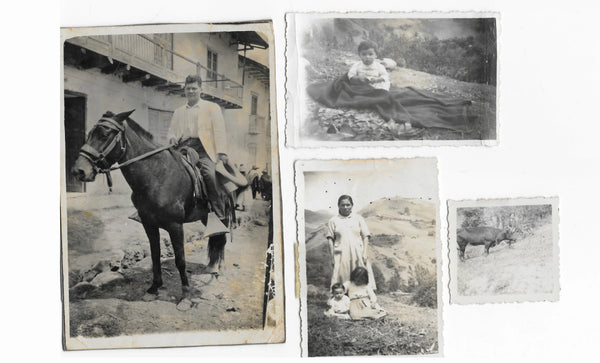
Family Company
My mother’s stories of growing up in an Andean mountain village still fascinate my brother and I. As kids we saw glimpses of this world on our visits to Peru, a world with less opportunity but more connection with nature…
Our father motivated us to take a deeper look at Peru, to create something unique that we could bring to the rest of the world. Creating a bridge between a modernized mindset and the disorganized, often dangerous, infrastructure of a developing country has been challenging. Underneath this chaos, we found a vast culture of textile traditions going back millennia.
I am grateful for experiencing the positives and negatives of both worlds, for taking this journey with the support of my family.
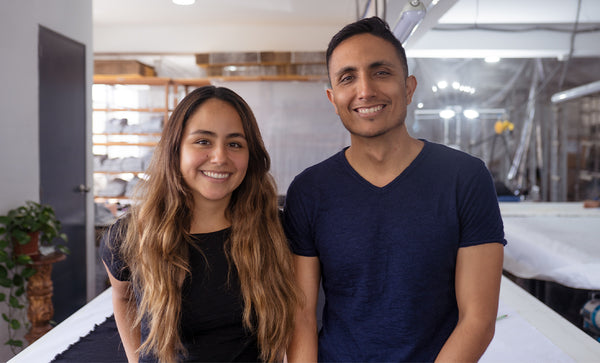
Original Brand Manufacturer
A major difficulty with sustainability in fashion is that many brands only design their clothes. To create something new a brand has to coordinate with a yarn maker, then a knitting factory, and then with a cut and sew facility. All spread apart in different countries, speaking different languages, makes testing new ideas in real-time impossible.
Although risky, our decision to manufacture our clothes gives us a unique opportunity to analyze details that are rarely published on websites, like the elastane hidden in “non toxic” fabric.
We decided to be a part of the creation of our clothes. Know that we care about every detail of what you are wearing.
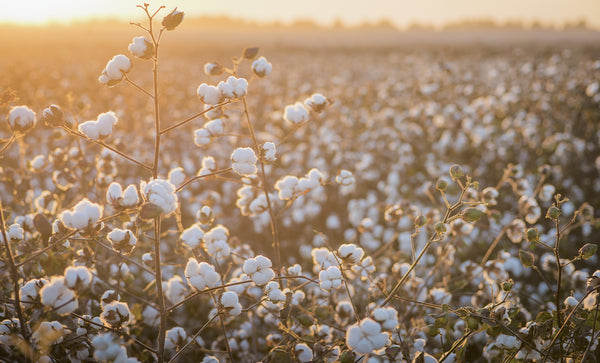
Single Origin Supply Chain
When a clothing label says "Made in China", what it really means is that only the sewing was done in China. The textile supply chain really begins by creating the fiber.
Let’s take Polyester: Its supply chain may begin with extracting petroleum off-shore, then refining hydrocarbons in The Gulf countries, polymerizing them in China, spinning the fibers into yarn in India, knitting and sewing in Cambodia, and finally sending them to the U.S. All of our production from spinning, knitting, fabric finishing, cutting, and up to garment making is done entirely, in Peru. Note: At the moment a few of our notions, like the button shells, are imported.
Having all of our production done here in Peru greatly lowers our carbon footprint. Not only that, we can easily take a short trip to visit communities and providers, maximizing our transparency.

